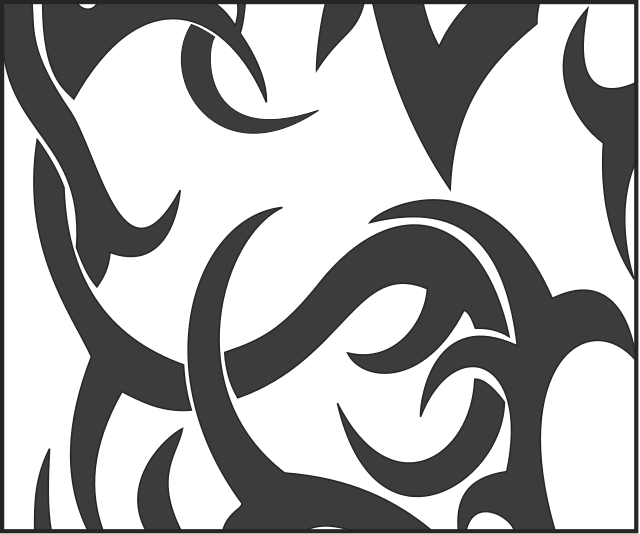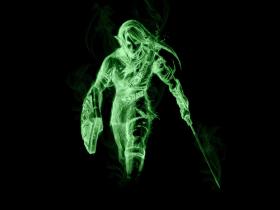A woman painstakingly cleans her needles, using the fire as well as the potions she had been taught. These are the tools of her trade and should be cared for no differently than one cares for their sickle or hammer, with love and precision befitting a tool that creates the whole of one's livelihood. She places the delicate metal pieces back into the bone case that was gifted with them, brushing off the head of the small mallet before sliding it into the leather loop on the side. Along with her inks and drawing paper, this case is placed back into her bag, completing her kit that travels across the
Cradle of Clay as she plies her craft.
Tradition with meaning permeates the
culture of
Clay Giants, creating a full life dedicated to growth and stewardship. Nothing is without meaning to these people, nothing is without its eventual triumphs. Even the heavy black lines of ink that span the skin of the
Clay Giants have their meanings, although that meaning is lost to most. To outsiders, these tattoos are swirling masses without end, identical from one to the next, but this could not be farther from the truth. These tattoos known as Tribal Markings have deep meaning to the various tribes and individuals, they are marks of a journey, one of growth and triumph, trial and failure. The black lines depict a life moving forward.
No two sets of Tribal Markings are identical, often the pattern is chosen by the tattooist as the lines fit an individual's body in a certain way. The swirling lines may be framed around a heinous scar or a prominent birthmark. The tattoos are meant to add to one's appearance, a marker of their progression. Placement on the arms and back is common, but the most stalwart
Warriors have been known to have the lines inked on their face and neck, something for only the strongest to attempt.
Tribal Markings have little historical basis before the
Removal of the Weak and the
Clay Giants' settlement of the
Cradle of Clay.
Giants were well-known for their intricate war paint, but these markings were meant to be quickly washed off after a battle. Once the
Clay Giants built their own society and
culture, they chose to invest in art, but not of the kind that most races created.
With little in the way of parchment or canvas and only black ink made from the needles of the
Black Cedar, the
Clay Giants chose to decorate their own skin, often creating thick lines that were reminiscent of the
Giants' war paint. Early tattooists were considered adventurous, only practicing on themselves, but as more experience was gained, the desire for these markings became greater and their meanings changed.
Over the millennia, the Tribal Markings have become nearly a rite of passage for those that have proven themselves and reached adulthood. Each area inked often marked a milestone in one's growth and their journey to reaching beyond their potential. Tattooing became an honored profession, one that fell to the most artistic of the people. While Tribal Markings are not a necessity of the
Clay Giant Culture, it is far more uncommon to find an adult
Clay Giant that does not have some form of tattoo.
Tattooists in the
Cradle of Clay are often travelers, traveling the expanse of the hills to stop in small villages when requested. These artists carry their own tools, often gifts from those that had taught them as tattooing was a trade that focused heavily on apprenticeship and learning from those before. Throughout their travels with a master, an apprentice would practice on themselves or thick patches of fat and hide that had been taken from a
Tatanka.
Once an apprentice had become a master, they would often be invited by the
Shamans of an area to create tattoos for those that requested them. Both men and women receive Tribal Markings, although it is uncommon to see facial markings on a woman. These tattoos may take multiple sittings and an individual may receive a great number of tattoos over their lifetime.




I love the rich history behind the tradition. You've really put a lot of thought into their culture. :)